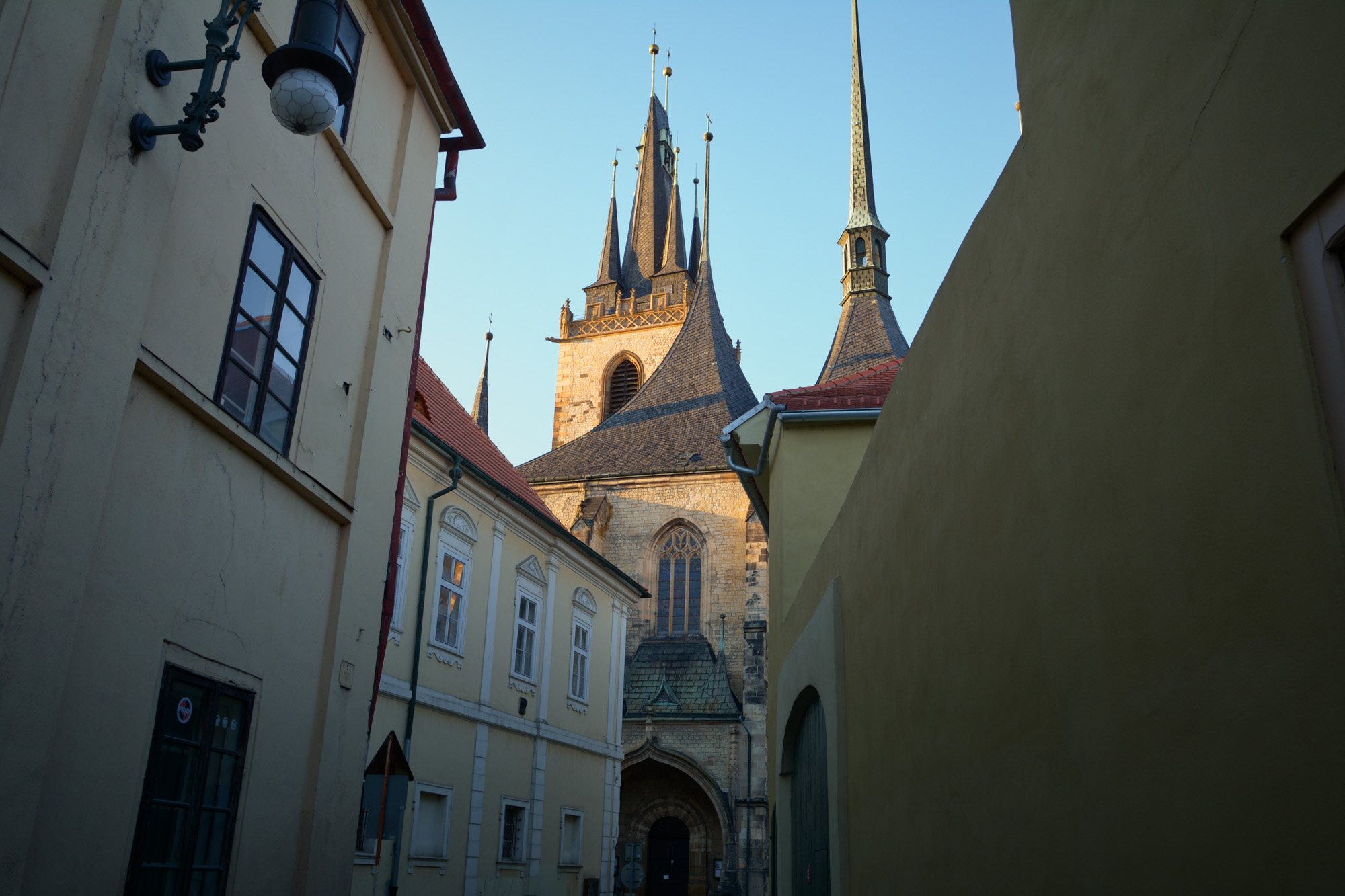Town Louny
Come and fall in love with our city.
The first written mention of Louny dates from 1115, when they were the property of the monastery in Kladruby. This Romanesque settlement was located on the site of today’s church of St. Petra at the ford over Ohři. As a royal town, Louny was planted on a promontory above the river about 1 km east of the original settlement sometime in the 1360s during the reign of Přemysl Otakar II. The city was built on an oval plan with a rectangular square and a trio of long, longitudinal streets. They were protected by walls with bastions and two gates – Prague and Žatec. A Dominican monastery was founded at the same time as the town, which it took over in the Hussite wars.
In the Luxembourg period, the city experienced prosperity, based on intensive craft and agricultural production, especially grain and wine cultivation. In the Hussite Wars, Louny and Žatec formed a military union. In the twenties, its governor was the famous warrior Jakoubek from Vřesovice. Louny took possession of extensive land property after the destroyed monasteries, which, however, had to be returned under Jiřík of Poděbrady. After a devastating fire in 1517, the city was rebuilt and a new church of St. Nicholas. In the 16th century, the town school here became famous and winemaking flourished. During the anti-Habsburg resistance of 1618-1620, Louny sided with the rebels; shortly before the battle on Bílá hora, Albrecht of Valdštejn occupied Louny, imposed a high ransom on the town and set up his headquarters here. After the Thirty Years’ War, Louny declined to a town of local importance. In 1813, three monarchs of the anti-Napoleonic coalition were accommodated here.
In the middle of the 19th century, Louny became the seat of the district office. During the 19th and then again in the 1960s and 1970s, large-scale demolitions took place in the historic core of the city. Thus, the showy Renaissance houses, town halls and city gates disappeared. The economic development of Loun took place in the second half of the 19th century, when railway repair shops, a sugar factory, a brewery, slaughterhouses, mills, and financial institutions were established here. In 1896, the first secondary school was opened – a real school, today the Václav Hlavatý Gymnasium. Between the years 1872-1904, Louny became a railway hub with main routes to Prague, Most, Zatec, Libochovice and Rakovník. Large-scale construction of family houses took place already at the turn of the 19th and 20th centuries. Places where agricultural land was originally located have thus become residential zones.
The further strengthening of industry in Louny took place after 1945, when the Elektroporcelán, Praga, dairy and meat processing plants were established here. In the 1970s, the Žatec suburb was demolished, and a panel housing estate was built in its place. Lunes have always been at the language interface. E.g. Postoloprty, located 8 km west, was already German in the 18th century. The unambiguous Czech character of Loun, however, remained throughout their history. Louny has been the seat of the district office since the mid-19th century. In 1960, the districts of Žatecký and Podbořanský were added to it.
Among the historical monuments, the church of St. Mikuláš, it is one of the most important architectural monuments of Loun, the tower remained from the original Gothic building from the 14th century, the three-nave was built between 1519-1538. The architect is Benedikt Rejt, who was buried in the church. His grave was not preserved. Other church buildings are the church of St. Peter from the 14th century, the church of the Mother of God from 1493 (tower from 1612) and the church of 14 St. helpers from 1716. The churches of the Czech Brethren Church and the Czechoslovak Hussite Church are important monuments from the 1930s.
Of the medieval buildings, No. 57 on Mírové náměstí with Renaissance gables and a log hall upstairs, the seat of the district archive, has been preserved. At No. 43 in Pivovarská street, a late Gothic hall with a rib vault has been preserved. The building serves the district museum as an exhibition space. The town hall on Mírové náměstí in neo-Renaissance style dates from 1887. In the history of modern architecture, the colony of houses for employees of railway repair shops from the beginning of the 20th century, designed by Jan Kotéra, has its place. The core of the city is surrounded by a walled belt with bastions and the Žatecká Gate. In its current form, the Loune fortifications are the result of gradual rebuilding in the second half of the 15th century.
 English
English Čeština
Čeština


